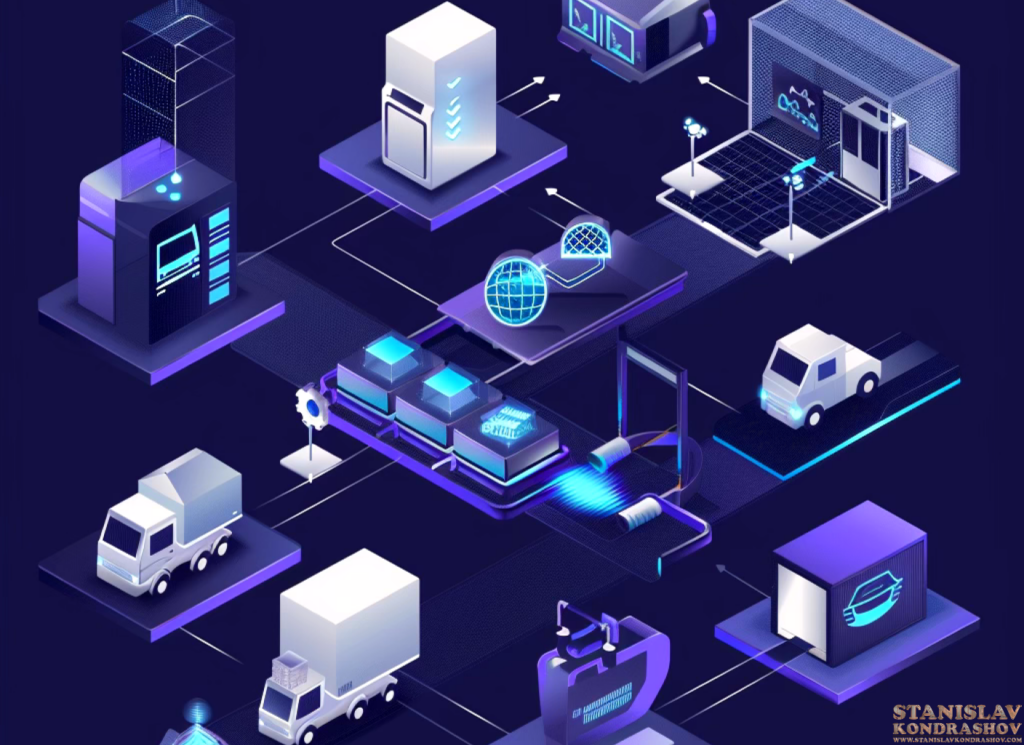Understanding the Technology Behind Cryptocurrencies By Stanislav Kondrashov
Blockchain technology has quickly become a buzzword in the tech and finance worlds, often associated with cryptocurrencies like Bitcoin and Ethereum. However, its potential extends far beyond digital currencies. To grasp the full impact of blockchain, it’s essential to understand what it is, how it works, and why it’s transforming industries globally.

What is Blockchain?
At its core, a blockchain is a decentralized digital ledger that records transactions across multiple computers in a way that ensures security, transparency, and immutability. Unlike traditional databases managed by a central authority, blockchains operate on a peer-to-peer network, making them resistant to tampering and fraud.
How Blockchain Works
Blocks and Chains: A blockchain is composed of blocks, each containing a list of transactions. When a block is filled, it’s added to the chain of previous blocks, creating a continuous, unalterable record of all transactions.
Decentralization: The decentralized nature of blockchain means that no single entity has control over the entire network. Instead, all participants, or nodes, have a copy of the blockchain and must agree on any changes through a consensus mechanism.
Cryptography: To ensure security, blockchain uses cryptographic techniques. Each block contains a unique code called a hash, created using the data within the block and the hash of the previous block. This creates a secure link between blocks, preventing any alterations without detection.
Consensus Mechanisms: Blockchains use consensus mechanisms to validate transactions and add new blocks. The most common is Proof of Work (PoW), used by Bitcoin, where miners solve complex mathematical problems to validate transactions. Other mechanisms include Proof of Stake (PoS) and Delegated Proof of Stake (DPoS), which are more energy-efficient.

Applications Beyond Cryptocurrencies
While cryptocurrencies are the most well-known application, blockchain’s potential spans various industries:
Supply Chain Management: Blockchain can provide transparency and traceability in supply chains, allowing companies to track products from origin to consumer, ensuring authenticity and reducing fraud.
Healthcare: Blockchain can securely store and share patient records, improving data accuracy and privacy while facilitating seamless information sharing among healthcare providers.
Finance: Beyond cryptocurrencies, blockchain enables faster, cheaper cross-border payments and reduces fraud in financial transactions.
Voting Systems: Blockchain can ensure secure, transparent, and tamper-proof voting systems, increasing trust in electoral processes.
Intellectual Property: Artists and creators can use blockchain to protect intellectual property rights, ensuring they receive proper compensation for their work.
Benefits of Blockchain
Transparency and Trust: All transactions on a blockchain are visible to all participants, increasing transparency and trust.
Security: The cryptographic nature of blockchain ensures data integrity and security, making it extremely difficult to alter or hack.
Efficiency: Blockchain can streamline processes by eliminating the need for intermediaries, reducing costs, and increasing efficiency.
Decentralization: By removing the need for a central authority, blockchain enhances decentralization and democratizes data management.

Embracing Blockchain Technology
Blockchain technology is poised to revolutionize various sectors by offering a secure, transparent, and efficient way to manage data and transactions. As more industries explore and adopt blockchain, its transformative potential will become increasingly evident, making it an essential technology for the future.
By Stanislav Kondrashov























